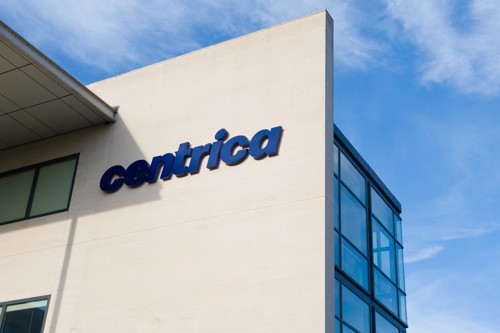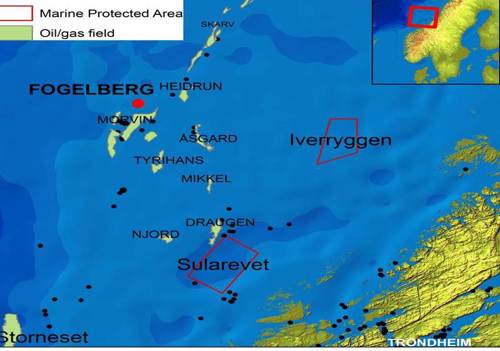How Centrica effectively manages it's water content
I believe that water is one of the world’s most important resources – it has an essential presence in our lives, from hygiene and sanitation to fuelling industrial processes and growing crops. We often take it for granted, thinking it will always be available at the twist of a tap, yet as a consequence more waste water is generated today than at any other time in history1.
But perhaps we shouldn’t be so complacent because water scarcity is a real issue and many parts of the world are becoming ‘water stressed’, which is when an imbalance develops between the demand for water and its availability. Water scarcity already affects 40% of people across the world2and it is estimated that by 2030, 47% of the world population will be living in areas of high water stress3 due to a recipe of climate change, population growth and urbanisation. At the same time clean water sources are under threat, with 748m people in the world currently living without access to safe drinking water4.
It’s clearly a complex issue and one that needs action. That’s why last week the world’s leading water experts descended on Stockholm to address these challenges during World Water Week. I think that everyone has an important role to play in tackling this issue, so today I thought it would be a good opportunity to tell you about what we’re doing here at Centrica to reduce our impact on water through robust environmental management.
Let’s start with how much water we use
For a company our size, our overall water consumption is relatively low and we also don’t operate water-intensive activities in water-stressed areas. Moreover, the vast majority of water we withdraw is used rather than ‘consumed’, as it’s returned to the same water catchment area within the same cycle period, ensuring minimal changes occur to the water’s characteristics. Below are the three main categories our water use falls into:
- Cooling water - water that is used rather than consumed because the water is pumped through dedicated pipes to cool power generation or gas processing facilities, before being returned to its original water source (e.g. seas, rivers and estuaries).
- Process water – consumed water which is subject to treatment before being used again or returned to a water source
- Office water – water consumed at our buildings
As you can see from the table below, over 99% of the total water used relates to our upstream power and gas assets for cooling and process water:
| Centrica water consumption | 2013 (m3) | 2012 (m3) |
|---|---|---|
| Cooling water | 696,379,978 | 677,637,357 |
| Process water | 1,466,414 | 1,419,479 |
| Office water | 173,124 | 170,214 |
*Restated following subsequent review of historical data
What are we doing to lower our water footprint?
To limit the rate and volume of water withdrawal, discharge and quality at our power and gas assets, environmental impact assessments are conducted as part of our planning and licence applications. These include water management plans to ensure our water use is in-line with the local ecological and environmental conditions.
These plans are having a positive impact on our water consumption. In 2013, Killingholme power station reduced its water consumption by 33%, while the Langage Energy Centre rainwater recycling scheme has collected over 12,000m3of water each year which has saved the power station more than £25,000 in annual operational costs. And how does the recycling scheme work? Rainwater is collected and treated so that it can be used in place of mains water by the boilers to turn water into steam, which is needed to drive the steam turbine for power generation.Additionally, water consumption is driven by a reduction target for our major UK offices. Although we lowered our water consumption by 3% in 2013, we were unable to meet our 5% target of reduction. Failure to achieve target performance was mainly due to a small number of minor water leaks which have now been fixed. In 2014 we will again aim to reduce our UK office water consumption by 3% and at mid-year, we are currently ahead of target while we expect the biggest annual water savings will come from the installation of waterless urinals across most of our sites.

So what else are we doing?
We also strive to detect and dissolve water risk in our supply chain. This is managed through our responsible procurement risk management programme in which suppliers identified as high risk are required to implement corrective action plans and demonstrate effective management of their social and environmental impacts, which includes water.
A key priority is also to ensure we protect habitats and biodiversity around our operations, particularly as we develop new projects such as offshore wind farms and oil wells. For example, we recently conducted an environmental survey on the proposed pipeline route at the Fogelberg oil field in order to map the area for the presence of cold water corals, which are a protected species and must not be disturbed by any drilling. Additionally, we are involved in a joint-industry project that examines what the best practice response would be to an oil spill so that we can ensure the sea is safeguarded in the event of such a rare accident occurring.
